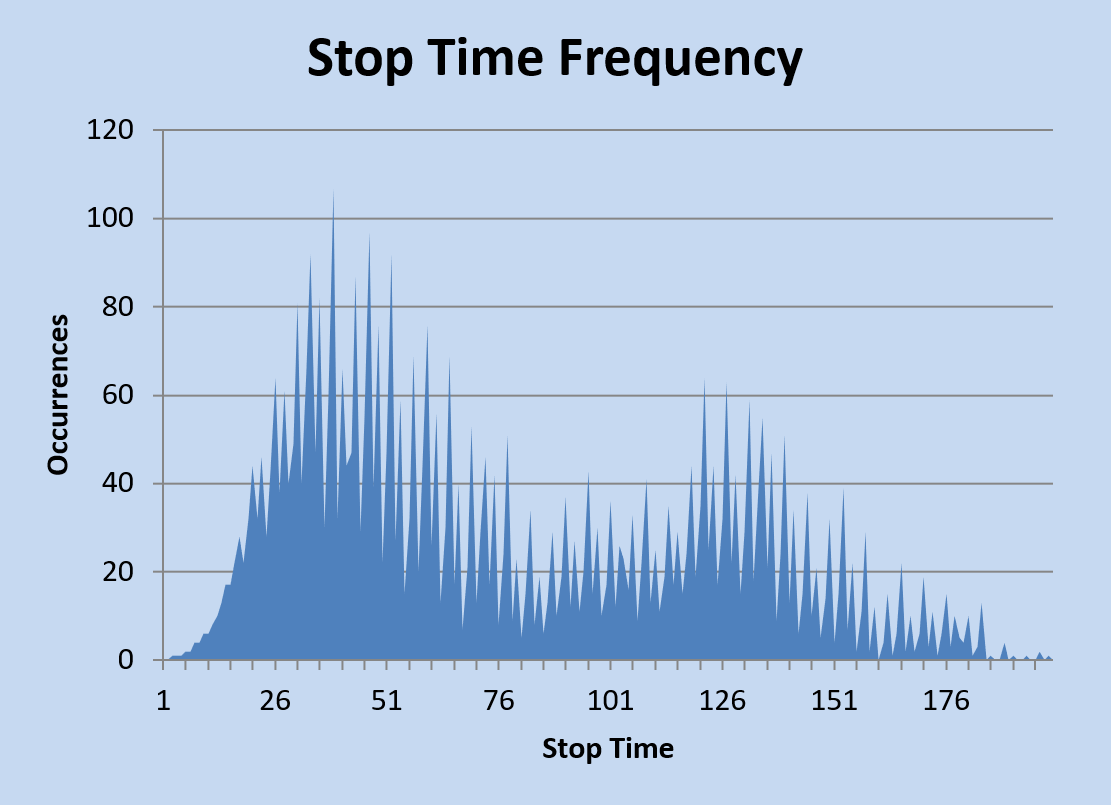The Collatz Conjecture
A Novel Approach to Collatz Conjecture Proof: Effect of Addition on Prime Factorization and Unique Numeric Potential Concept

A Novel Approach to Collatz Conjecture Proof: Effect of Addition on Prime Factorization and Unique Numeric Potential Concept

The Collatz conjecture is an unproven conjecture in mathematics; any initial input to the Collatz sequence will give an eventual output of one. The importance of proving the conjecture is due to the mathematical fields it crosses. Conjecture research has been considered in number theory, ergodic theory, and dynamical systems. In my research, I developed a function, Collatz potential, closely related to the stop-time function, yet able to be calculated from one Collatz input. Potential is designed recursively so that if any input has a potential then that input must lead to one in the Collatz sequence. The main strategies for proving the conjecture are proving that no input can go up to infinity or go in a loop, or proving the conjecture for only even or only odd numbers. This research focused on experimentally identifying patterns and shared traits by numbers linked in the sequence. If the research can show a consistent change in prime factorization over time, it can be shown that the sequence cannot go in a loop, because no number will be in a circumstance where it can revert back to a prior number. There were three objectives to this research: identify correlations between prime factorization of that result in outputs with significantly shorter stopping times, determine the significance in patterning an input based on its Collatz potential, and identify pathways to proving or disproving the Collatz conjecture based on the previous two objectives. The methodology identified prime factors for any given Collatz input, specifically for that set of numbers containing multiple 2’s and from which one is subtracted. Collatz potential was developed and may be applicable to other areas, such as cryptography because of its seemingly irreversible calculations and simplicity.